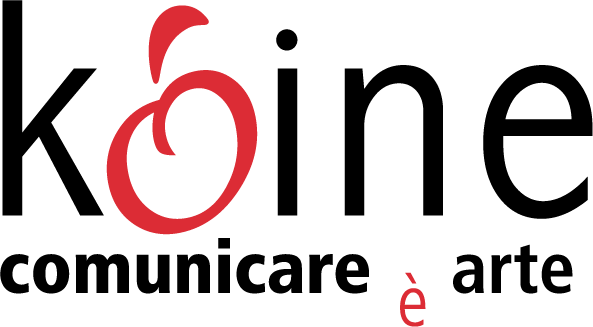Arturo Carmassi
Arturo Carmassi was a consistent, complex, and multifaceted Italian artist. His artistic work was always rich in innovation, invention, and exploration.
Throughout his career, he engaged in painting, sculpture, and printmaking, experimenting with a wide range of techniques—from collage, sand, and oil paints to pen drawing and the use of unconventional materials such as wax, corrugated cardboard, tar, walnut husk, old fabrics, and wooden fencing. His experimentation was a path toward deep self-discovery, pushing beyond conventional boundaries.
Much has been said about him—his “existential vitality,” his “radiant energy,” his “luminous expressionism.” But defining Arturo Carmassi in a single word or containing him within one label is no easy task. He was an artist of a thousand facets and a true master of color.
ROBERT CARROL
Carroll, born in the charming town of Painesville, Ohio, in 1934, was an artist of truly remarkable character. His journey began as a student at the esteemed Cleveland Institute of Art, where he refined his artistic skills. He went on to earn a Bachelor of Fine Arts degree from Western Reserve University in 1957, a testament to his dedication and passion for his craft.
During his military service, Carroll’s intellectual curiosity led him to explore the field of nuclear physics—an impressive demonstration of his versatility and insatiable thirst for knowledge. At the same time, he crossed paths with some of the most iconic figures of the Beat Generation, including Allen Ginsberg and Jack Kerouac, further fueling his creative and intellectual drive.
Carroll’s artistic path eventually brought him into contact with the renowned Willem De Kooning, a titan of American Abstract Expressionism. This friendship opened the doors to Italy’s vibrant cultural and artistic scene. At the young age of twenty-five, Carroll moved to Rome, where he quickly established himself as a prominent figure in the local art community. His extraordinary talent and creative vision caught the attention of major cultural figures such as Elio Vittorini and Salvatore Quasimodo, both of whom recognized his immense potential and welcomed him into their intellectual circles.
In Italy, Carroll met the gifted writer Simona Mastrocinque, daughter of the esteemed director Camillo Mastrocinque. The two fell in love, married, and began a lifelong journey of shared creativity and inspiration. Over the course of his illustrious career, Carroll held more than 250 exhibitions across Italy and abroad. Many of his works found homes in prestigious museum and gallery collections. Some of his most notable exhibitions took place at the Museo del Chiostro di Santa Chiara in Naples (2000), the Palazzo Farnese Museum in Piacenza (2001), and the Michetti Museum in Francavilla al Mare (2005), among many others. These exhibitions further solidified Carroll’s reputation as a true master of his craft, inspiring countless admirers around the world.
Carroll’s artistic reach extended well beyond his extraordinary paintings and exhibitions. He was also a gifted teacher, sharing his expertise in painting at the Cleveland Academy of Art and nurturing a new generation of aspiring artists. His creative talents didn’t stop there. Carroll was also known for his spectacular multivision installations, commissioned by public institutions and now displayed in museums worldwide. He created stunning stage designs for the Teatro Stabile in both Turin and Rome, showcasing his remarkable versatility and adaptability as an artist.
Despite his wide-ranging creative endeavors, Carroll remained deeply committed to painting throughout his life. It was his central focus, with all other artistic pursuits enriching and expanding his vision. He also produced beautiful prints, including a series of ten etchings inspired by The Canticle of the Creatures by Saint Francis, and two others dedicated to Saint Anthony of Padua—powerful examples of his immense talent and passion for his art.
